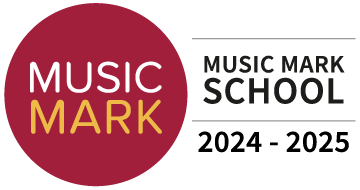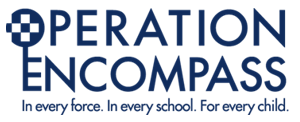
Laura Fletcher is an Assistant Head at Wexham Court Primary School. She has participated in our National Oracy Leaders Programme, below she shares her experience of embedding a culture of oracy across our school.
Before I joined Wexham in September 2018, oracy was unknown to me. When my head teacher mentioned the word for the very first time, I wanted to know more. I read many case studies, articles, books, published reports and resources provided by Voice 21 and discovered I had a genuine passion for this area of teaching and learning. I wanted to make a change within our school, but I was unsure of where to begin, so I applied for the National Oracy Leaders Programme.
At Wexham we have a 17.5% of pupil premium children and 62% of pupils with EAL. Despite pupils leaving our school above the national average in reading, writing and maths – spoken language was a different picture. We want to bridge this gap so that our pupils leave us in Year 6 carrying a web of skills with oracy at the heart. Our children enter EYFS with very low baselines yet make tremendous progress – so what happens after that? What if we shifted the focus to learning to talk through talk everywhere? If we didn’t shift soon, we would be creating a society of pupils unable to verbalise their views. We had a clear message at Wexham – talk opens doors, it is the educator’s role to ensure they are unlocked.
With this in mind, I knew that I needed to share my findings with the staff. If there was going to be a shift in our approach, it was important that all staff were familiar with the facts, the reasons why oracy is important for our pupils. Once I had the buy in from staff, we were all ready to take the next step and begin to use the resources from Voice 21.
The oracy framework was a great starting point for us – each band contained the skills our pupils needed to work on and this allowed us to condense our focus to one glaring need – to find their voice. Throughout the term, I continued my research with Voice 21 and read the oracy bible – ‘Transform Teaching and Learning Through Talk’ by Alice Stott and Amy Gaunt. I supported staff with their mission by providing training around areas taken from the book such as; different types of talk: identifying the difference; exploring a harkness discussion; talk roles, discussion guidelines and many more. I then created my own case study, with selected pupils across the school, to see for myself whether a focus on talk in class improved pupil discussions. The results were fascinating – they were talking more but this time with clarity and structure.
Now, I’m not saying we went from ‘nothing’ to ‘astounding’ in 6 months but we certainly went from ‘nothing’ to ‘something’. Walking through the school, we started to see our children were contributing to discussions more than before. I introduced an ‘ABC’ structure to responses with sentence frames so children could begin to ‘agree’, ‘build upon’ and ‘challenge’ each other in class. By providing the sentence structure, children were responding with ‘I agree with Sam because…’ and so on. Alongside the verbs, we added some actions – children put their thumbs in the air to ‘agree’, build with their fists for ‘build upon’ and rub their hands together to ‘challenge’. This really took off and pupils around the school, actively want to use these in discussions. The approach also offers an alternative to the traditional hands up system that we see so often in schools.
We also wanted to embed oracy further into our enquiry curriculum (foundation subjects) so I created a 5-step structure to these lessons with oracy being step 3. During this phase of a lesson, children are given the opportunity to practise their speaking and listening skills through a given task.
By raising the profile and presence of oracy in school, staff and children began talking about it more. Oracy is now sitting alongside reading, writing and maths. We aren’t there yet but the gap has started to close.
One thing to consider when implementing oracy into schools or classrooms is to take one step at a time. It’s too easy to get carried away and try to embed everything all at once. The children and staff all need to learn and this is a process that takes time. But the end results will be worth it.
One teacher told me, ‘children are able to confidently have their voice heard, even feeling comfortable when they disagree with others’ points of view. Additionally, the promotion of oracy in my classroom has inspired me to speak less; I have been able to take a step back and allow the children to lead their own discussions and they have shown they are more than capable of doing so’.
We are on a journey at Wexham and we are proud of our achievements so far. Our next steps are to continue to embed a culture of oracy across the school through our assemblies, using pupil voice as often as we can and utilising our new school radio.








